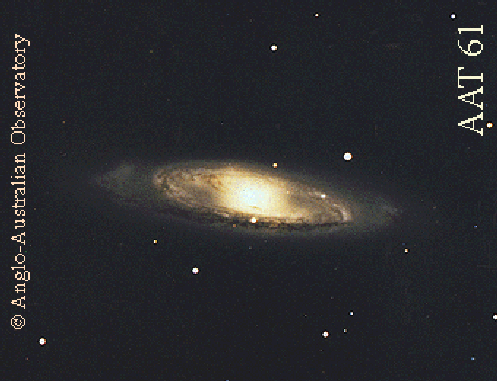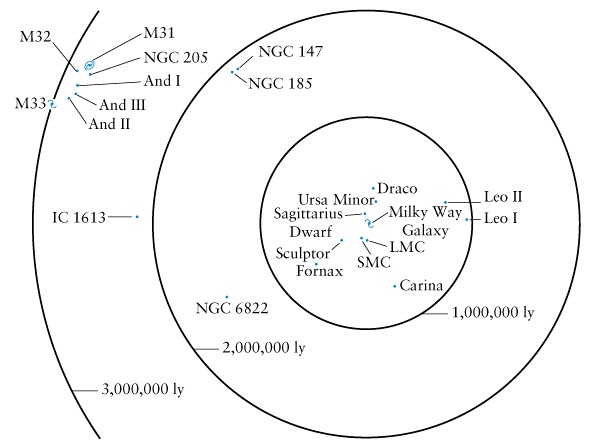



 |
 |
| Hubble's photo of M31 | Modern photo of M31 |
Hubble Ultra Deep Field |

 |
 |
|
| A Spiral Galaxy | A Barred Spiral Galaxy | |
 |
 |
 |
| An Elliptical Galaxy | A Lenticular Galaxy | An Irregular Galaxy |
 |
 |
 |
| M 65: Type Sa | M 63: Type Sb | NGC 2997: Type Sc |

A Grand Design Galaxy
|
 |





 |
 |
 |
| NGC 5866: Type S0 | NGC 4251: Type S0 | NGC 4340: Type SB0 |
 |
 |
 |
| Large Magellenic Cloud: Type Irr I | Small Magellenic Cloud: Type Irr I | The Cigar Galaxy: Type Irr II |


|

|
|
 |
|
 |
The Virgo Cluster of Galaxies
|
 |
The Coma Cluster of Galaxies
|
 |